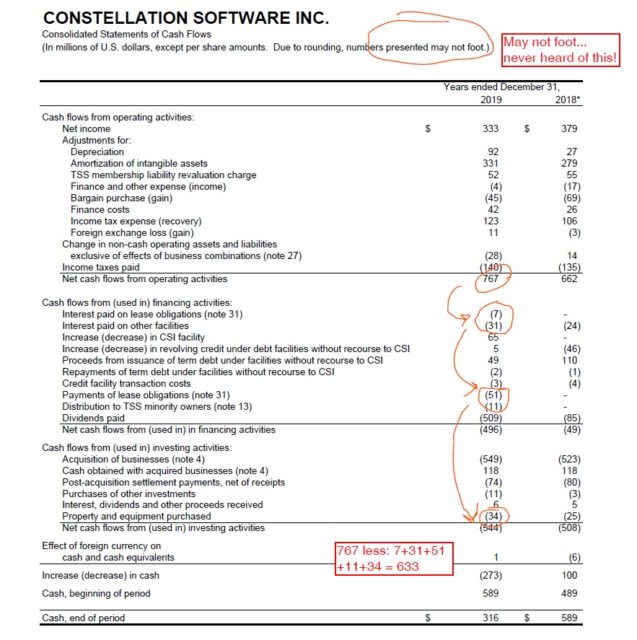Low oil prices hurt producers for obvious reasons.
They also are hurting the mid-stream, but this is for less obvious reasons – low prices means curtailment of capital expenditures, which typically mean lower volumes, which means less money for midstream producers. Volume is the dominant variable for the mid-stream, not prices.
The flip side of this equation is lower prices stimulates consumption, which means higher oil prices, which means higher capital expenditures… you get the picture. There is an equilibrium factor that depends on mutually dependent factors in order to “solve the equation”. In Excel, this would typically be a circular equation, but when applied in real life, the input variables are much more fuzzy, and thus it makes the output chaotic and difficult to predict where the true “landing spot” is (which never exists – it is always ever-moving).
The other clear factor is that when oil and gas companies are not making profits, there is an element of counterparty risk.
One broad-brushed way of investing in the US mid-stream sector is through the Alerian MLP ETF (AMLP) which got killed yesterday. The constituent companies are fairly stodgy oil and gas pipeline MLPs which give out most of their income in the form of distributions. Normally MLPs are very adversely taxed for Canadians, but the AMLP structure is a corporation. It distributes its income mostly in the form of a return on capital, but for tax purposes, it is equivalent to foreign income. However, in a registered account, this is a non-factor. At the low of $4.14/unit, it was trading at a yield of 18% and even when factoring in the inevitable decline of shale production in the USA, seems to be a reasonable risk-reward proposition as investors seek yield.
To a lesser degree, Canadians can also invest in Enbridge (TSX: ENB), TransCanada (TSX: TRP), Pembina (TSX: PPL), and for those interested in Albertan intra-provincial pipelines, Inter-Pipeline (TSX: IPL). However, the income to price disparity is not nearly as present as the American analogs (including Kinder Morgan, Williams, etc.).
Pembina, in particular, has gotten killed simply because it faces a risk that the Trans-Mountain pipeline is not going to be constructed, especially with the crash in oil prices and the general incompetency of our Trudeau-led federal government. The assets they picked up from the old Kinder Morgan Canada were quite good. Enbridge and TransCanada should also do well – the big loser going ahead will probably be the oil-by-rail trade – if production slows down, this volume will be the first to get scrapped, not the pipelines.

